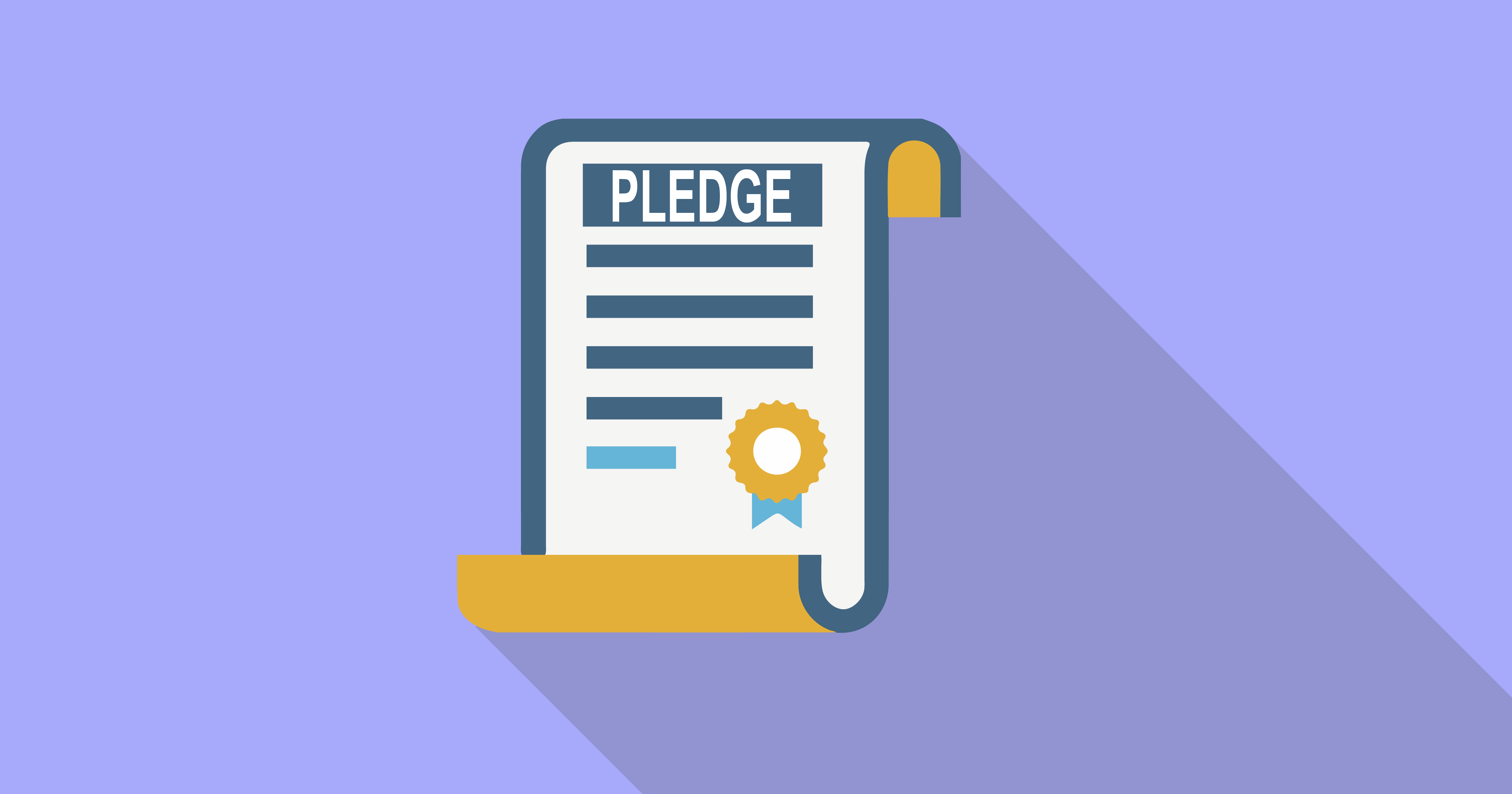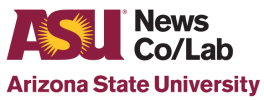
Building news savvy: Best practices
▸Engagement
Take the pledge
WHAT IS IT?
People take an online “Pro-Truth Pledge,” promising to do a dozen things research shows help people be more truthful. Those include: fact-checking information before sharing it, citing sources, asking others to retract false information and discouraging people from using unreliable sources. Organizers believe the pledge works because it focuses on concrete actions rather than the unsettled concept of “the truth.”
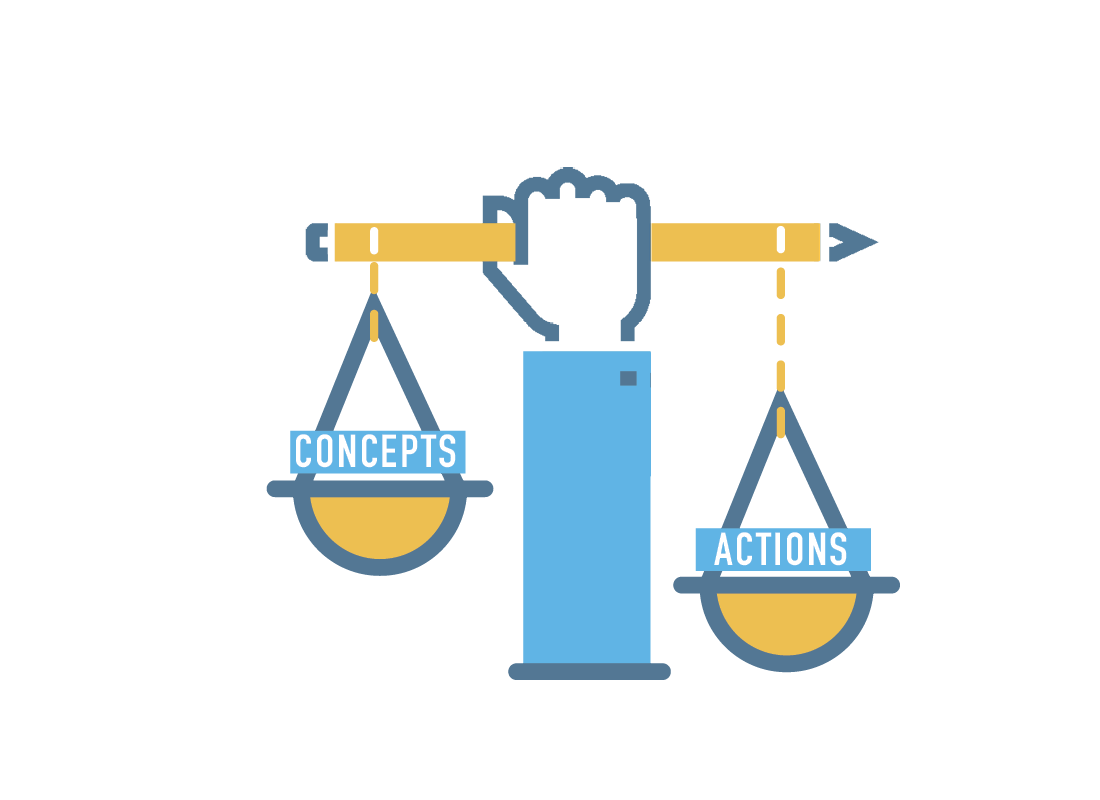
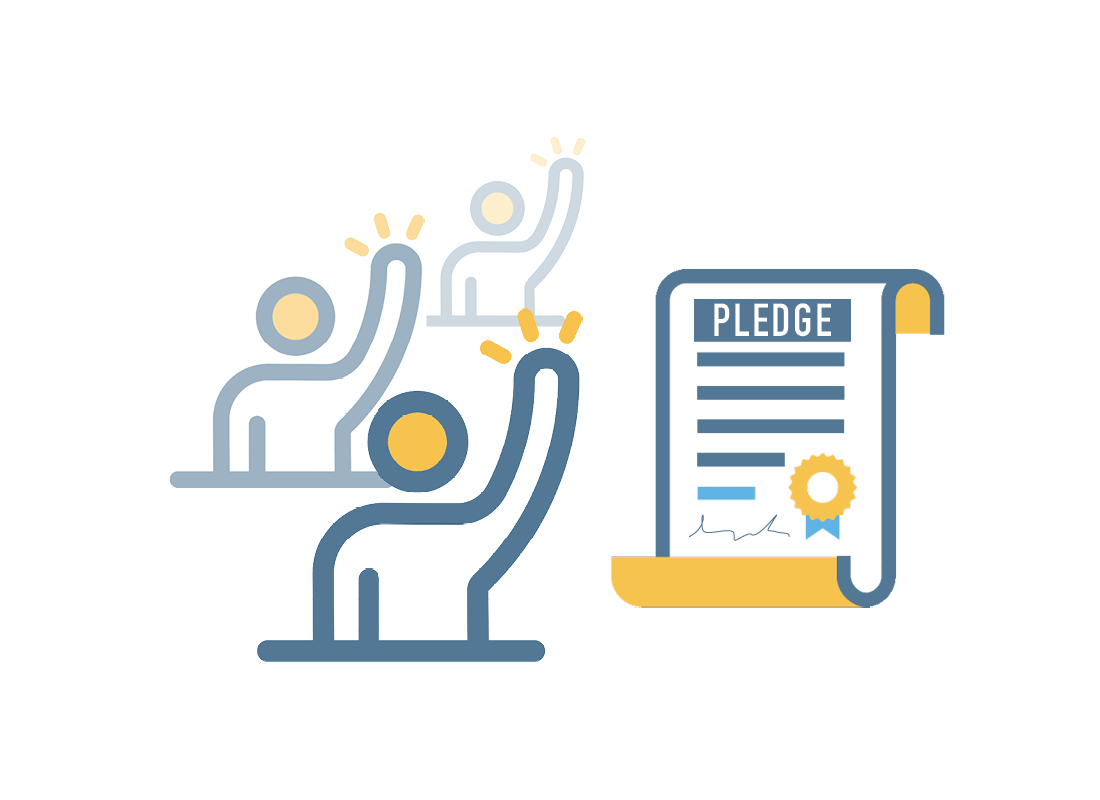
WHO’S BEHIND IT?
Gleb Tsipursky, a professor at Ohio State University, developed the pledge with a team of behavioral scientists. It launched in December 2016 through Intentional Insights, a nonprofit of nonpartisan volunteers Tsipursky co-founded. More than 7,000 people, primarily in the United States, have signed the pledge, including three members of the U.S. Congress and more than 1,000 other public officials who are listed in the project website. This video explains the project.
DOES IT WORK?
Two studies showed the pledge had an impact. One study asked participants to evaluate their behaviors before and after signing the pledge. Participants reported significant changes, including more factchecking, a reluctance to share incendiary posts and a willingness to push back when others shared false information. A second study examined Facebook posts before and after they took the pledge. Researchers found large, statistically significant changes in behavior, including fewer posts with misinformation and more citing of sources.
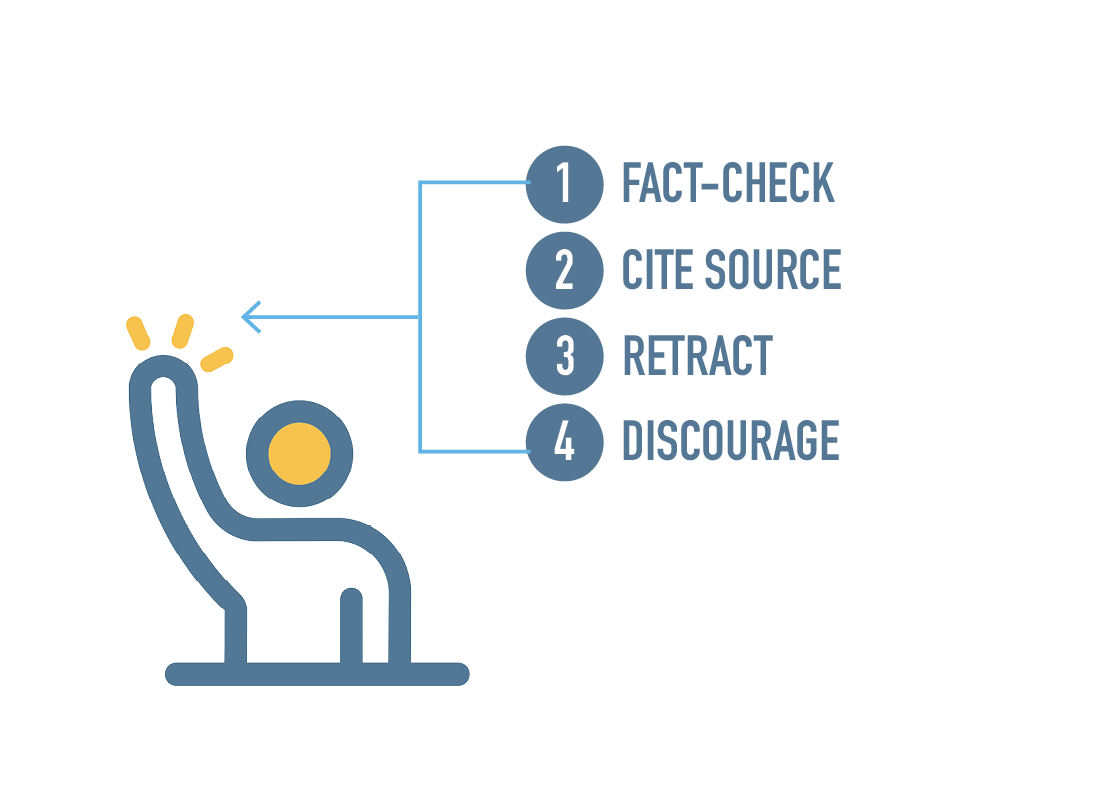
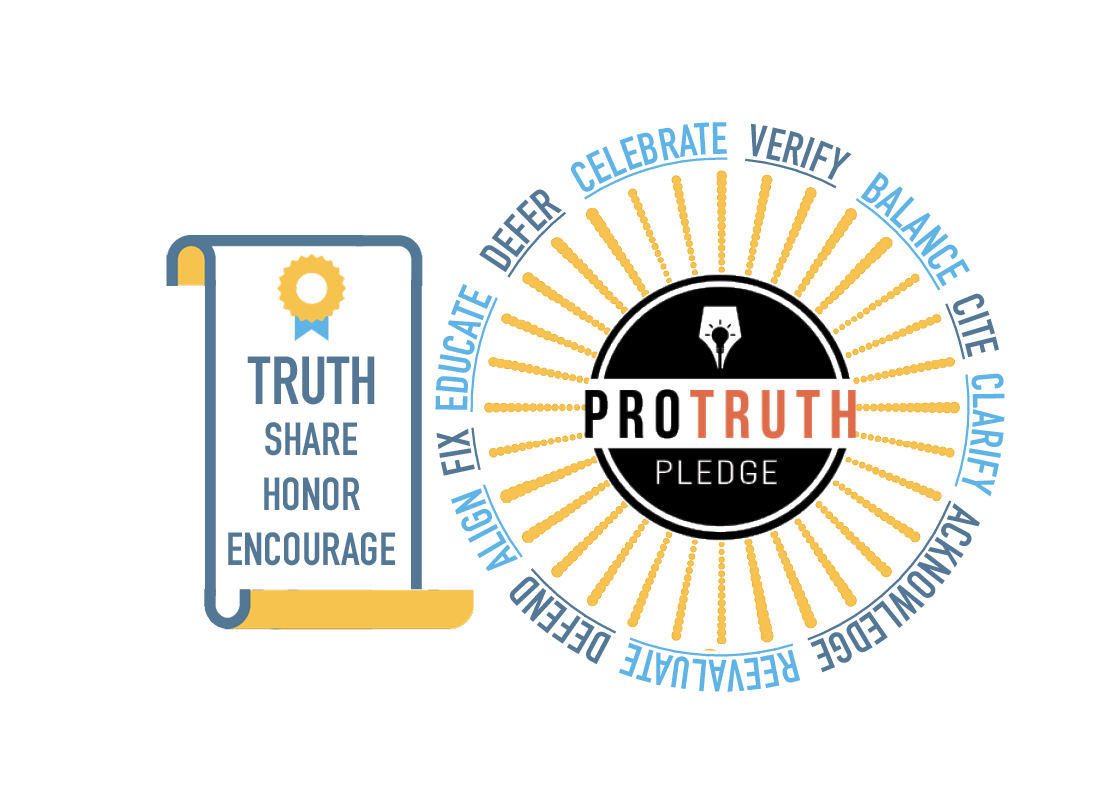
HOW TO DO IT
You can take the pledge here. The page also lists the 12 behaviors. Organizers also ask members of the public to encourage their elected representatives to take the pledge. The project provides instructions for contacting representatives, including a pitch that says taking the pledge will assure the public that the politician is a person of integrity. People can also report any violation. In addition to English, the pledge is available in Spanish, French, Portuguese, German, Russian, Ukrainian and Hungarian.

